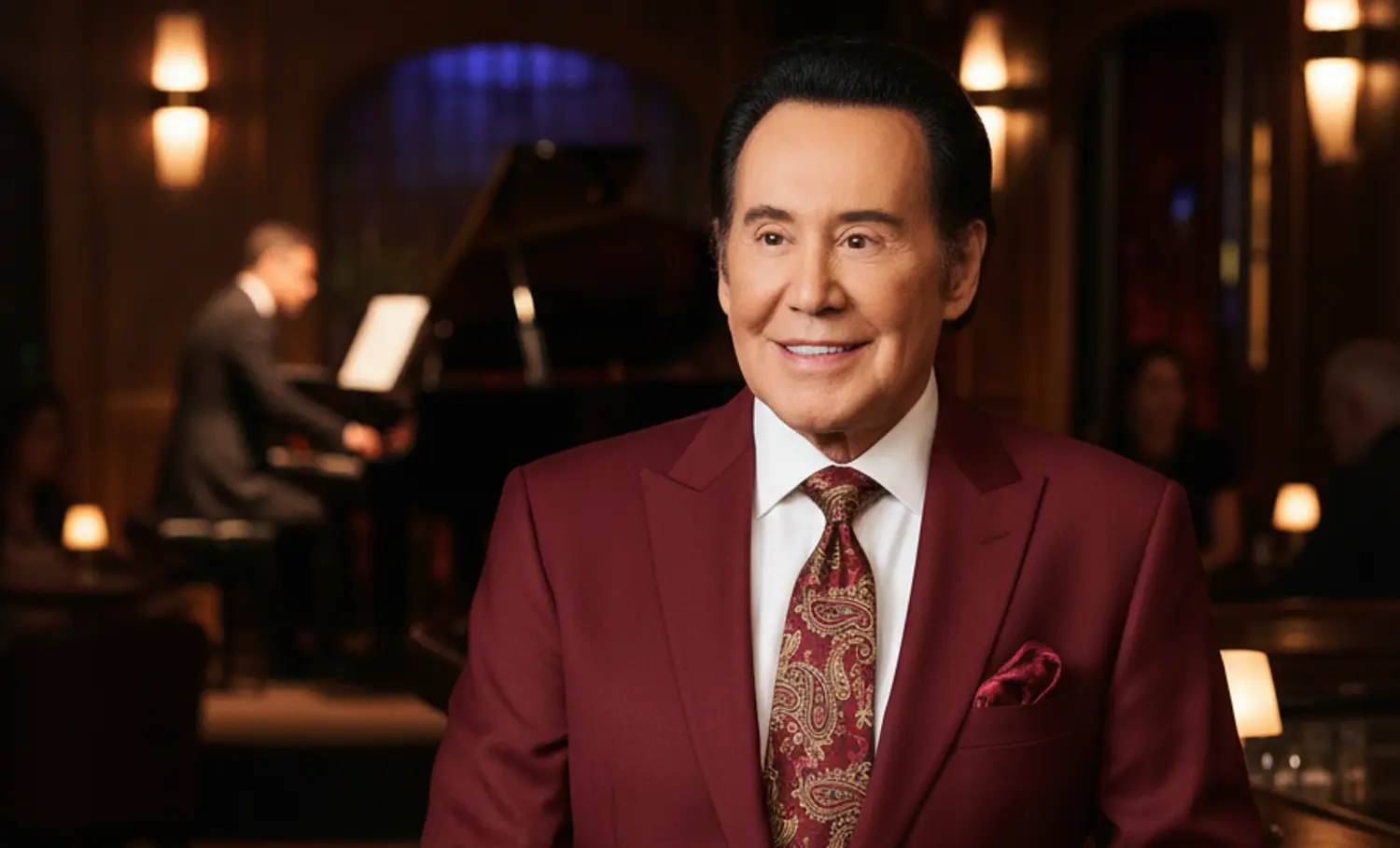Table of Contents
Sir Rod Stewart, the legendary British singer-songwriter, has established himself as one of the most successful musicians in history. With a career spanning over six decades, Stewart has accumulated substantial wealth through his music, business ventures, and strategic financial decisions. Industry experts estimate his current wealth at approximately $300 million, making him one of the most financially successful artists of his generation.
The Foundation of Rod Stewart’s Financial Success

Early Career and Musical Beginnings
Rod Stewart’s journey to financial success began in the 1960s when he started performing with various bands across London. Born Roderick David Stewart on January 10, 1945, in Highgate, North London, he initially worked various jobs including gravedigger and silk screen printer before music became his calling. His breakthrough came when he joined the Jeff Beck Group in 1967, followed by his involvement with Faces in 1969.
The turning point in Stewart’s financial trajectory occurred with the release of his 1971 solo album “Every Picture Tells a Story,” featuring the iconic hit “Maggie May.” This album simultaneously reached number one in both the United States and the United Kingdom, establishing Stewart as a major force in the music industry and laying the groundwork for his future earnings.
Record Sales and Music Revenue
Throughout his career, Stewart has sold over 250 million albums worldwide, making him one of the best-selling music artists of all time. This massive sales volume has generated substantial revenue through:
- Album Sales: Stewart has released 32 studio albums, with ten reaching number one status
- Single Sales: He has achieved 25 top-ten singles in the UK, including multiple chart-toppers
- International Success: His music has performed well in markets across North America, Europe, and beyond
- Streaming Revenue: Modern platforms continue to generate income from his extensive catalog
The $100 Million Catalog Sale
In February 2024, Stewart made a significant financial move by selling his song catalog to Irving Azoff’s Iconic Artists Group for nearly $100 million. This transaction included:
- Publishing catalog rights
- Recorded music interests
- Some name and likeness rights
- Solo work and material from his time with Faces and the Jeff Beck Group
This catalog sale represents a major component of Stewart’s current estimated wealth and demonstrates the enduring value of his musical contributions.
Diversified Income Streams
Live Performances and Touring
Stewart has maintained a robust touring schedule throughout his career, with live performances representing a significant portion of his earnings. His concert revenues include:
- Global Tours: Regular international touring with consistently high attendance
- Las Vegas Residencies: Multiple successful residency shows generating substantial income
- Festival Appearances: High-profile performances at events like Glastonbury Festival in 2025
- Special Events: Benefit concerts and private performances
Real Estate Investments
Stewart’s property portfolio contributes significantly to his overall wealth. His real estate holdings reportedly include:
Beverly Hills Mansion: In 1991, Stewart purchased a 20,000-square-foot mansion in Beverly Park for $12.1 million (approximately $22 million in today’s currency). He listed this property for $70 million in June 2023, later raising the asking price to $80 million before adjusting it to $74 million in February 2024.
English Properties: Stewart has owned various estates in England, including an 18th-century castle called Darrington House, purchased in 2013 for $6.2 million. This property features ten bedrooms, five bathrooms, and sits on extensive grounds ten miles outside London.
Florida Estate: His oceanfront house in Palm Beach, Florida, purchased in 1995 for $7.2 million, is estimated to be worth at least $20 million in today’s market.
Business Ventures and Endorsements
Beyond music, Stewart has generated income through various business activities:
- Merchandise sales and licensing deals
- Brand partnerships and endorsements
- Publishing royalties from covers of his songs
- Media appearances and television projects
Factors Contributing to Stewart’s Financial Longevity
Musical Versatility and Reinvention
Stewart’s ability to adapt to changing musical trends has been crucial to his sustained financial success. He has successfully navigated various genres including:
- Rock and folk music in his early career
- Disco and new wave during the late 1970s and 1980s
- The “Great American Songbook” series in the 2000s
- Recent collaborations maintaining contemporary relevance
Strategic Career Decisions
Several key decisions have enhanced Stewart’s financial position:
- Multiple Revenue Streams: Balancing solo work with band collaborations
- International Market Expansion: Building fan bases across multiple continents
- Long-term Contracts: Securing favorable deals with record labels
- Intellectual Property Management: Maintaining control over his music rights until the strategic catalog sale
Awards and Recognition
Stewart’s numerous accolades have contributed to his market value:
- Two Rock and Roll Hall of Fame inductions (solo artist and as a member of Faces)
- Grammy Award for Best Traditional Pop Vocal Album
- Knighthood in 2016 for services to music and charity
- Various lifetime achievement awards enhancing his brand value
Personal Life and Financial Management
Family and Relationships
Stewart is the father of eight children with five different women. His personal life has occasionally impacted his finances, including divorce settlements, particularly with model Rachel Hunter. When they divorced in 2005, Stewart’s wealth was estimated at $120-150 million, with the settlement reportedly involving substantial financial provisions.
Stewart is currently married to model Penny Lancaster, whom he wed in 2007. They have two children together: Alastair and Aiden.
Lifestyle and Expenditures

Despite his substantial wealth, Stewart is known for maintaining certain lifestyle preferences that reflect his financial status:
- Luxury Car Collection: Stewart owns multiple high-end sports cars, though he has considered selling some due to road conditions
- Model Railway Hobby: He maintains an elaborate HO scale railway layout in his Los Angeles home
- Philanthropic Activities: Regular charitable contributions and benefit concert performances
Current Financial Standing and Future Prospects
2025 Wealth Assessment
Based on available information, Stewart’s estimated wealth of $300 million is derived from:
- Cash and liquid assets from the catalog sale ($100 million)
- Real estate portfolio value (estimated $100+ million)
- Remaining music rights and royalties
- Investment portfolio and other assets
- Ongoing income from performances and licensing
Revenue Projections
At 80 years old, Stewart continues to generate income through:
- Ongoing Tours: International performances and special appearances
- Streaming Royalties: Continued income from digital platforms
- Licensing Deals: Use of his music in films, television, and advertising
- Legacy Releases: Compilation albums and special editions
Market Position
Stewart’s financial position remains strong compared to his contemporaries. His wealth places him among the top tier of British musicians and reflects decades of successful career management and strategic financial decisions.
The Business of Being Rod Stewart
Brand Value and Marketing
Stewart’s personal brand extends beyond music, contributing to his overall financial success:
- Cultural Icon Status: Recognition across multiple generations
- Media Presence: Regular appearances in various forms of media
- Merchandise Value: Continued demand for Stewart-branded products
- Legacy Protection: Careful management of his artistic reputation
Industry Impact
Stewart’s financial success has influenced the broader music industry by demonstrating:
- The value of maintaining artistic control
- The importance of diversifying revenue streams
- The potential for catalog sales as retirement planning
- The benefits of international market development
Conclusion: A Fortune Built on Talent and Strategy
Rod Stewart’s estimated $300 million fortune represents more than just commercial success; it reflects a carefully managed career built on exceptional talent, strategic decision-making, and adaptability to changing market conditions. From his early days performing on London train platforms to his recent catalog sale, Stewart has consistently demonstrated an understanding of both artistic integrity and business acumen.
His financial success story offers insights into how musical artists can build and maintain wealth over extended careers. Through record sales exceeding 250 million copies worldwide, strategic real estate investments, successful touring, and the recent catalog sale, Stewart has created multiple revenue streams that have sustained his wealth across changing industry landscapes.
As Stewart continues to perform and engage with fans worldwide, his financial legacy serves as a testament to the enduring value of authentic artistry combined with smart business practices. His story demonstrates that with talent, persistence, and strategic thinking, musicians can build substantial wealth while maintaining their artistic vision and connecting with audiences across generations.
The British rock legend’s journey from a young harmonica player busking in Leicester Square to a knight of the realm with a nine-figure fortune illustrates the transformative power of music when combined with business savvy and unwavering dedication to craft. Stewart’s wealth is not merely a number; it represents decades of bringing joy to millions of fans while building one of the most successful careers in entertainment history.






